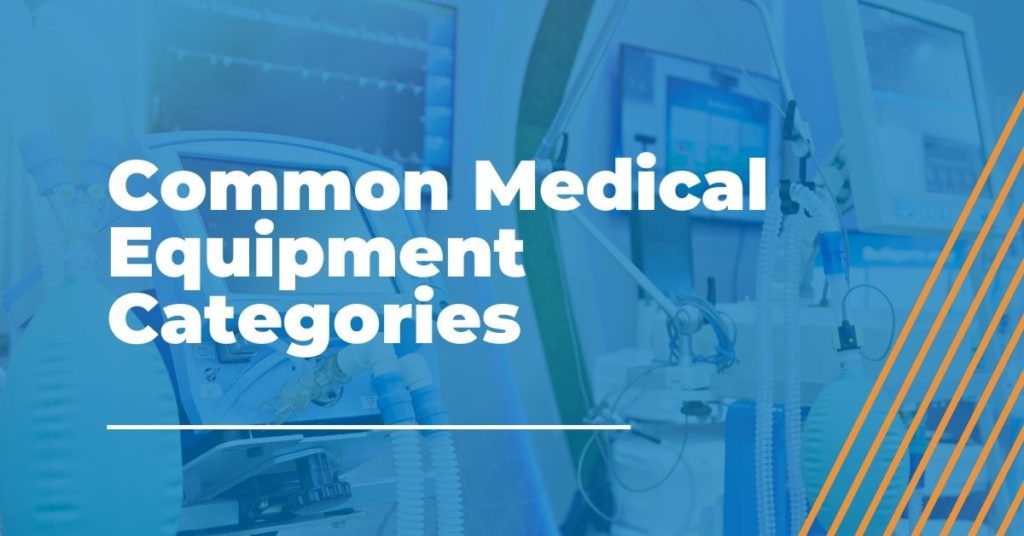
Medical Machinery: Speaking the Same Language
When we discuss the design of manufacturing equipment serving the medical industry, we often categorize applications by the type of machine process needed to do the job. Our medical clients categorize applications differently (as you’d expect!), based on the end use of the equipment being assembled. In this article, we list the common medical equipment categories used by end-users, and explain the terminology differences on the manufacturing equipment end. We hope this information makes it easier for medical device manufacturers to communicate with automation partners about equipment projects.
Medical Equipment Types
Our medical manufacturing customers describe medical equipment (or medical machinery) by end-use application. Typically, these applications fall in these categories:
- Diagnostic equipment. These are patient-contact systems and devices that measure, weigh, examine, visualize, inventory or otherwise directly evaluate a patient’s physical condition. X-ray machines, weight scales and ultrasound systems are all diagnostic equipment examples.
- Durable medical equipment (DME). This category includes any device that serves as a persistent tool or fixture for a patient’s ongoing care. Durable equipment is prescribed by a doctor to assist with a medical condition. Wheelchairs, walkers, breast pumps and portable oxygen tanks are good examples.
- Treatment equipment includes devices that are employed to perform a medical procedure on a patient or are consumed during a procedure. Examples include infusion machines, LASIK eye surgery equipment and disposable gloves and gauze.
- Life support equipment. As a separate category from treatment equipment, life support equipment is a distinct, critical kind of gear specifically used to supplement a patient’s life-sustaining functions in times of emergency or distress. Ventilators, dialysis machines and incubators are all types of life support equipment.
- Analytical and laboratory equipment is used to perform laboratory measurement and evaluation of scientific variables involved in medical treatment. Instruments that analyze blood, urine, biopsy samples and other bodily materials fall into this category.
Manufacturing Categories for Medical Equipment
To assemble the above types of medical equipment, multiple manufacturing processes and machines come into play. We’ll call these pieces manufacturing equipment, as opposed to the end-use medical equipment. Manufacturing equipment does not break down into the above categories, as in fact, most manufacturing systems can apply to many (if not all) of the above medical equipment universally. This is to say that different medical device types often utilize very similar methods of assembly that can be performed using common manufacturing gear. This makes it advantageous for device manufacturers to invest in automated solutions for their most common work types across all their product lines. An added bonus is the potential for use on future products, as well.
In an upcoming article, we’ll outline the manufacturing equipment technologies most commonly used for medical devices. For now, consider manufacturing equipment by the type of work being performed: plastic welding, plastic joining, leak testing, post-assembly sterilizing, packaging and so on.
Thinking About Automating Your Medical Machinery?
Automated Machine Systems (AMS) is an industrial automation integrator in Cincinnati, Ohio. We specialize in advanced automation solutions for medical, plastic processing, consumer goods and transportation industry manufacturers. To partner with us for industrial automation, call us at (513) 771-3525 or contact us here.
Our Automated Medical Manufacturing White Paper Will Help You Envision New Ways of Operating
Reading this white paper will help you:
